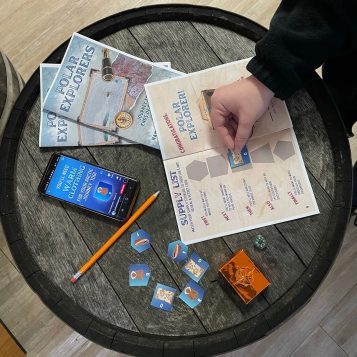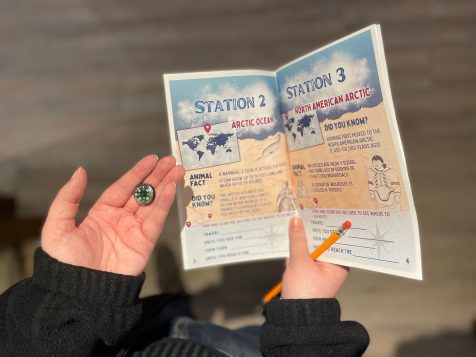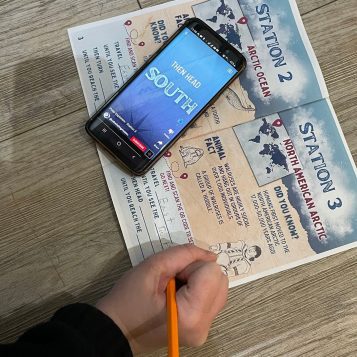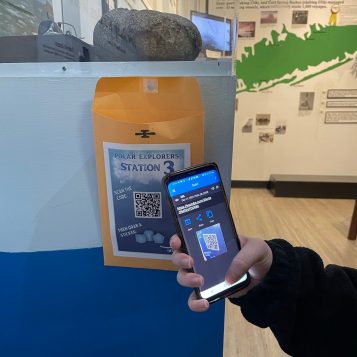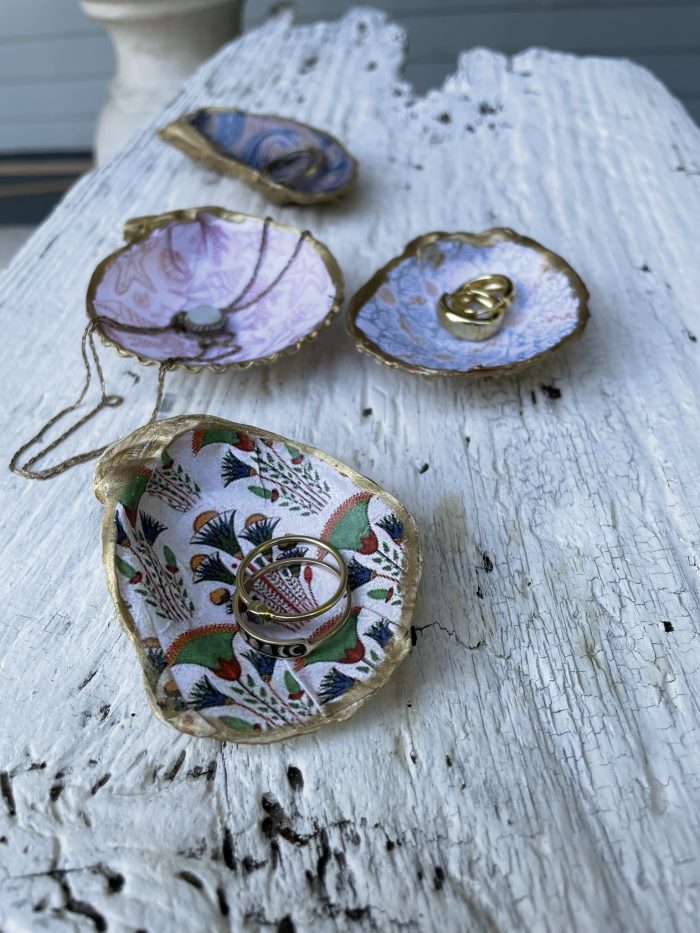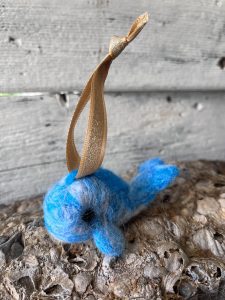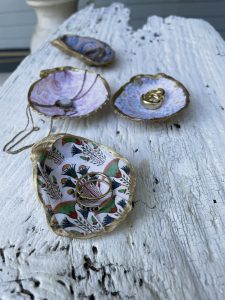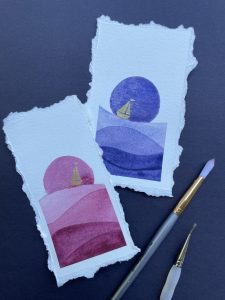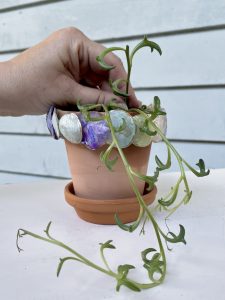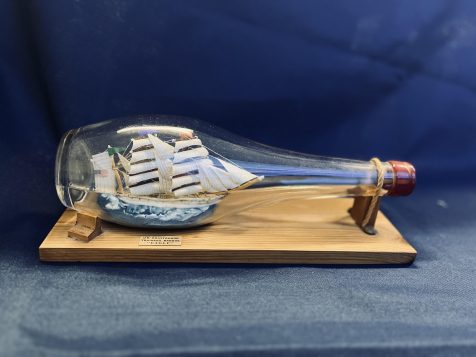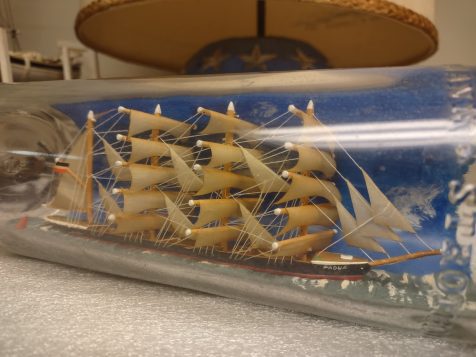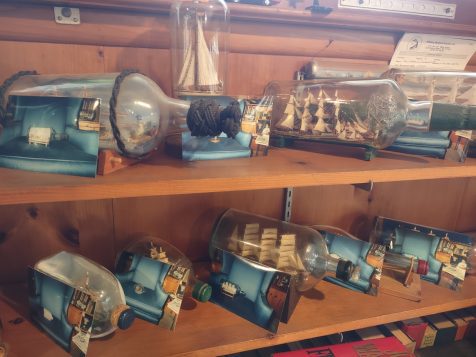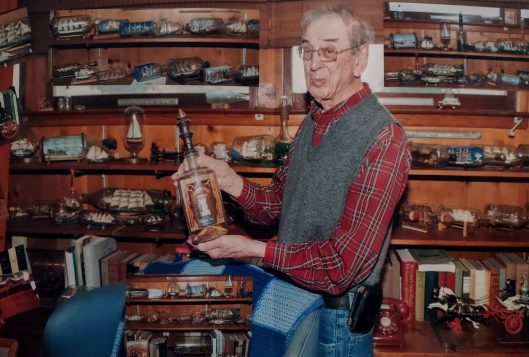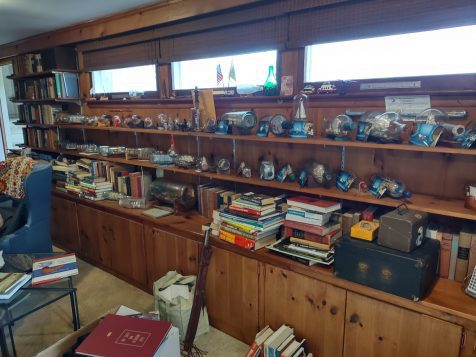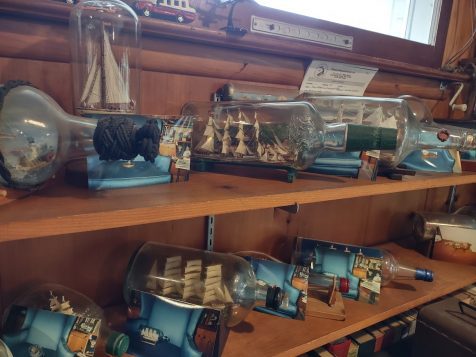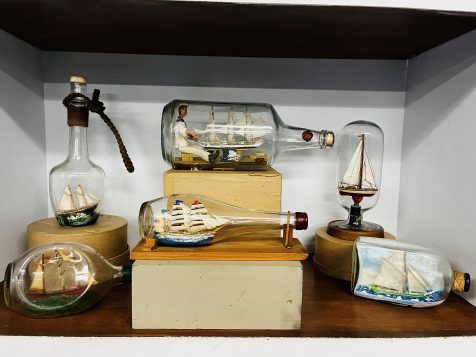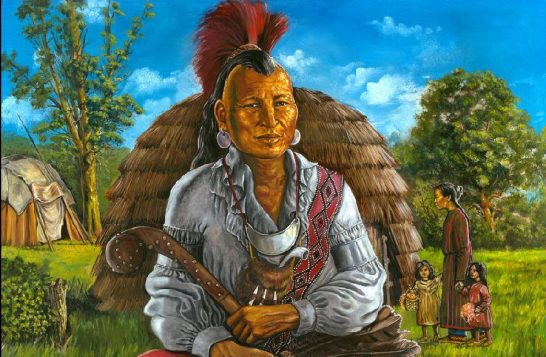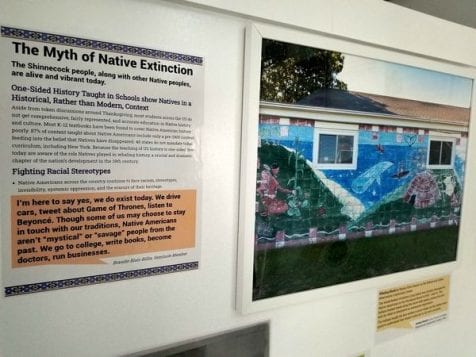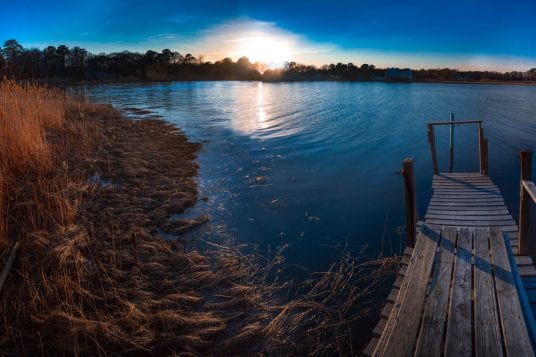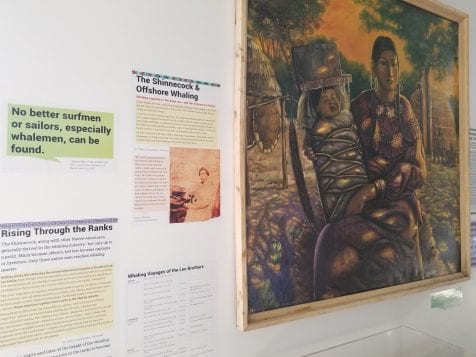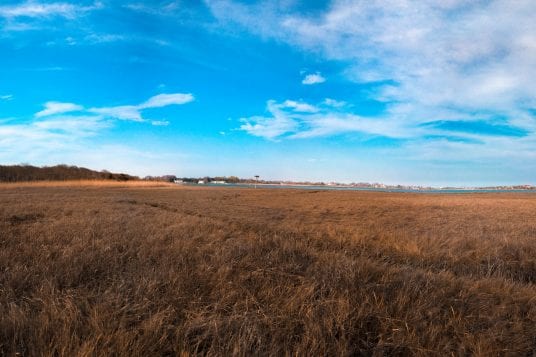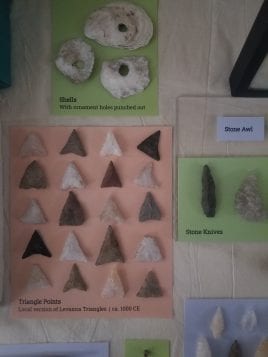The Whaling Museum and Education Center, 301 Main St., Cold Spring Harbor invites kids and families to experience the wonders of winter indoors with new Museum Adventure Activity: Polar Explorers edition. This program is a new interactive way to explore the museum and discover the Arctic as you follow in the footsteps of early polar explorers.
Polar Explorers program has participants traveling on an icy adventure through the museum using a compass to navigate their steps. Their goal is to stock up on supplies for a polar journey while learning facts about the artic regions including the amazing men and women who first stepped foot on these lands.
In this self-guided activity, available daily during museum open hours through March 2024, participants use QR codes to view museum created content that will direct you around the museum hunting for clues to solve the puzzle. Once the key word is uncovered, participants will use that code to unlock the museum’s exclusive supply chest with the designated craft activity inside. For Polar Explorers edition it’s a kit for making a fancy compass box to engrave and take home.
Kids and families working together will hear about polar explorers such as the Vikings and the Inuit and get to know which animals thrive in the polar regions. In addition to the museum created content, participants will find facts and tidbits to mount on their polar expertise in their personal booklets. These booklets can be taken home and kept as mementos of the journey.
Once the supply list is stocked, participants are directed back to the supply chest to retrieve their reward, a craft activity to create and engrave a fancy compass box. Participants can engrave designs such as a ship’s wheel or their initials. Examples are provided for inspiration.
“We are thrilled to offer this new Museum Adventure Activity inspired by the incredible journeys of bygone explorers who traveled to the literal ends of the Earth, navigating unknown and dangerous regions and encountering Arctic animals never seen before. Our new Polar Explorers experience follows this past summer’s Museum Adventure Activity: Shark Invasion edition, which was a breakaway hit from the start. We continuously strive to develop innovative and fun learning activities which encourage kids and families to discover something new every time they come visit. Museum Adventure Activities allow us to expand beyond the museum walls through interactive videos that enable us to explore destinations far and wide.” said Brenna McCormick-Thompson, Curator of Education at the Whaling Museum.
The museum offers different Museum Adventure Activities every season. This is the first season of Polar Explorers edition which will be available until March 31, 2024. This program is best for kids ages 6 and up. The cost to participate is museum admission plus $10, members are just $5. There is no registration needed for this activity. It is available now through March 31, 2024 during museum open hours, Thursday through Sunday from 11 a.m. to 4 p.m. For more information, call 631-367-3418 or visit www.cshwhalingmuseum.org.

